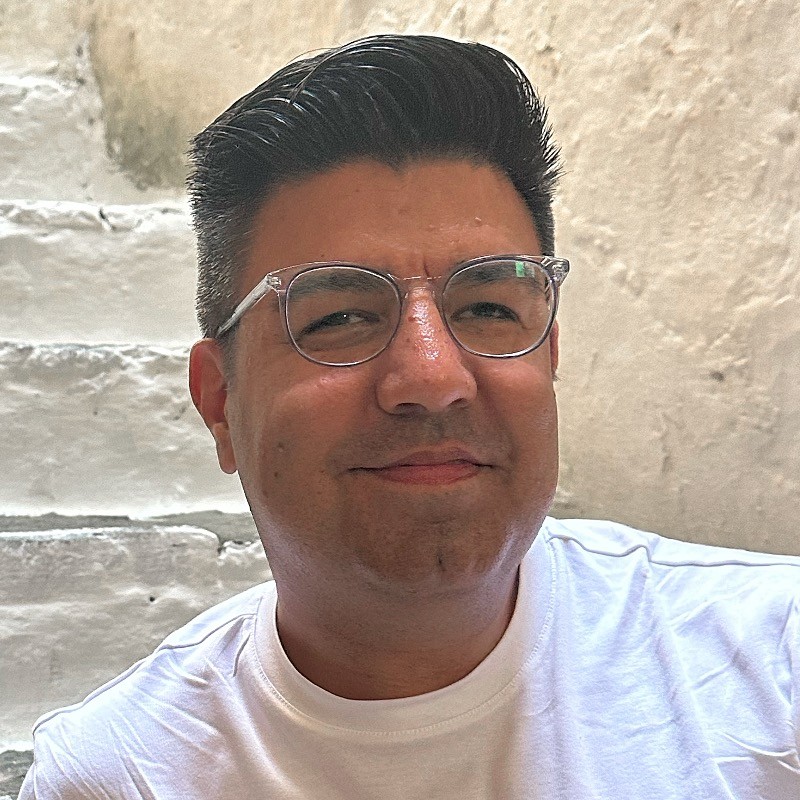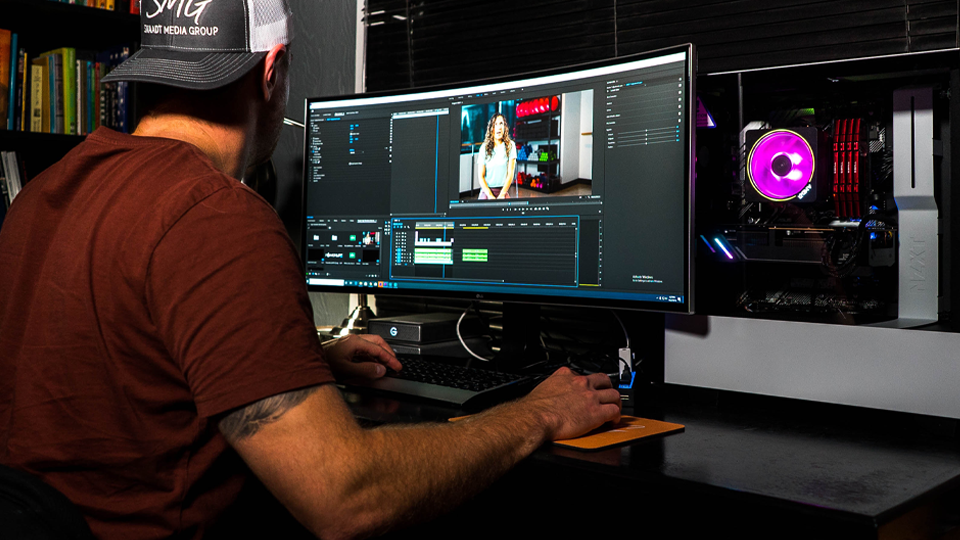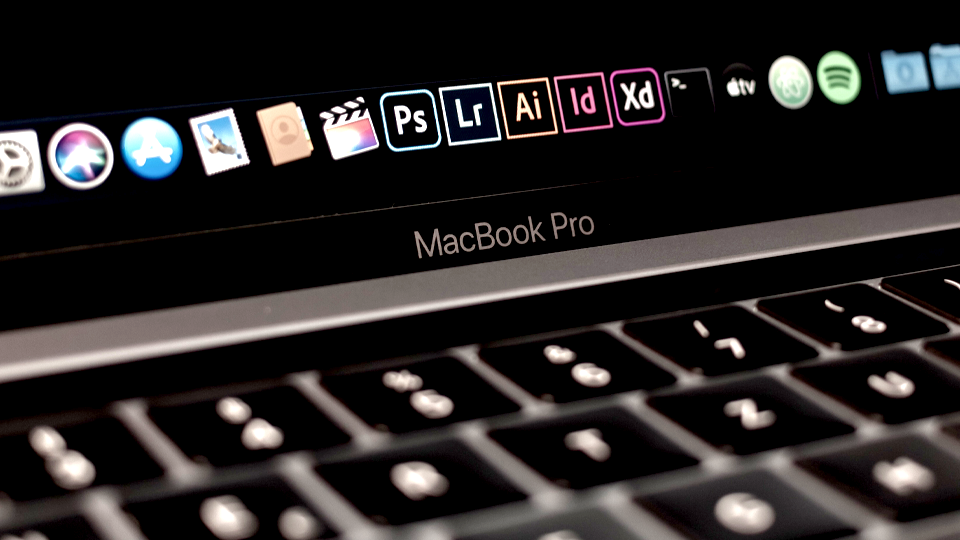Inside the studio: Drop into the thrills of shooting ski movies with Matchstick Productions’ Murray Wais

Samuel Taggart

10 Minutes

Inside the Studio: Dive into insightful interviews that uncover the methods, challenges, and inspirations of today's leading filmmakers & artists straight from the studio. Discover the story behind the art on The Render.
It’s time to drop, tips-first, into the world of making ski movies—here we’re featuring an interview with Murray Wais, co-founder, director, and producer at Matchstick Productions. Renowned for its annual, feature-length ski films, MSP, as it’s known, has carved out a name for itself in skiing’s history books over the last two decades making movies. Since then, the Crested Butte, Colorado-based full-service production company has committed itself to capturing the world’s best mountain athletes performing at the peak of their ability in the world’s most remote destinations.
Behind it all sits Murray Wais. In the 20-plus years he’s filmed and produced movies, he’s dangled himself halfway out of a helicopter to get the shot more times than he can count; he’s dealt with travel logistics to places some of us can’t even locate on a map; and he’s hauled Hollywood-grade camera gear to the furthest reaches of the wilderness. Wais knows better than anyone how to capture the essence of extreme sports for the big screen.
In this edition of “Inside the Studio,” let's uncover how Wais and the team at Matchstick make their annual ski movies come to life. From the edge of the backcountry to the final moments in the cutting room, this exclusive interview discusses the gear, the process, the athletes, the locations and the secrets of filming some of the most iconic actions sports movies that exist. Keep reading to get a complete look behind the scenes.

Let’s start with shoot locations. How does your team decide where to film in the mountains?
It's first the theme [of the movie] that dictates the location. Then it's working with the athletes—a big element of our films is that pro skiers are skiing at the very best of their ability, so we want to go places that pro skiers are excited to ski. If we give them the ability to decide where to go, they'll be able to perform at their very best.
What’s the relationship like between your cinematographers and the on-camera talent?
When you're talking about non-action footage, generally it's the camera operator on our team saying, “Hey, I need you to do this right here at this certain spot.” Whether that's asking a person to start a snowmobile, get into a car, walk across the street, whatever it is, the cinematographer will tell the talent where to be, how to look. When you flip to the action, that whole equation jumps 180-degrees, and it becomes the athlete that says, “I want to ski from right there to right there.” Then it's up to the cinematographer to move around and figure out how that will look the best.
How do you scope the right angles when you’re out filming in the backcountry?
The way it works the very best is if the cinematographer and talent are at the bottom of the line seeing everything in front of them: They have the full picture, they can both talk about it clearly, and have a good understanding of where the talent wants to ski and where the cinematographer is going to shoot from. Standing [at the bottom] also gives the athletes enough time to really look at where they're going to ski and make mental notes.
Recently, skiers started bringin' drones in their backpacks... so when they’re at the bottom or the top of a line, they can launch it, get a better look, figure out exactly where they want to ski, bring the drone back, and nail the line.

What cameras & rigs do you use to shoot ski movies at MSP?
One of our biggest limitations is that our camera operators often have to keep the camera in a backpack and move around with it. So typically and primarily we use products from RED—they just seem to make really compact, high quality cameras that work well for shooting sports. That said, we also use Sony and Canon products.
We also use a lot of GoPro products right now. The talent rides with GoPro products on their helmet and keeps them recording while they're interacting. It helps capture candid moments and really “in the moment” type reactions, whether they’re excited at the bottom of the line or nervous at the top of one. We use quite a bit of that GoPro stuff.
We also use drone products from DJI quite a bit. It's not uncommon to have a camera guy operating two cameras at once; while he has a camera on a tripod, he'll usually also have a drone in the air hovering above the skier filming.
What about lenses and focal lengths? Is there certain gear you use for certain environments?
For action sports, because of the difficulty getting around and filming, we’ll use zoom lenses. If you're doing a high-quality production, prime lenses are better quality; like on commercial shoots and we're not inhibited by trudging through snow. In those instances, we use prime lenses with lower T-stops or lower F-stops and we’ll get a more glamorous, cinematic look. For skiing, though, it’s almost always a combination of zoom lenses in the field.
How do you try to capture the epic scale of the landscapes where you’re filming?
That's one of the most difficult challenges. We're always looking at ways to have a balance the combination of wide versus tight [shots]. Drones have also changed the game for showing scale of mountains—it works super well because you can reveal the landscape. A lot of the team at Matchstick has worked for… 20 years, 30 years, and they just know by instinct what looks best. But one thing we’ve learned is that if you can get on top of one mountain and shoot at another mountain, it really makes everything look steeper and bigger.
How do you capture audio in the field?
It's really tricky in the mountains with snow and all the layers the athletes are wearing. So we use technical audio systems, or digital recorders, that each individual skier wears. We record with those all day, get as much audio as we can, and then we’ll sync those clips with the footage later.
Music plays a huge role in ski movies. How do you approach that side of it?
Music is super important because we don't have real narratives [in ski movies]—we have general themes and stories, so music really becomes our narrative. We work directly with a music supervisor, and our editing team will sit down and try to create edits to the music. We work music-first; we lay the song down then build it around it. A lot of projects will do the opposite, they'll build the narrative and then seek out the music that fits it.

What's one of the what's one of the most challenging shots you've ever had to capture?
One that comes to mind, because it has a lot of personal meaning to me, happened when we were making the film “McConkey” about [professional skier] Shane McConkey who passed in a tragic accident.
We went to film the memorial at the top of Palisades Tahoe. We hiked up with a couple hundred people, and Sherry McConkey, Shane's widow, planned to pour his ashes off the side of the mountain. Now, it's a fairly steep, rocky part of the mountain that takes a little bit of scrambling to get up to; one side is like a class-three scramble, and the other side requires you to use ropes. I needed to run sound with a boom—so we needed to somehow, on a sheer little pinnacle, get into position while the widow was experiencing one of the most emotional moments in her life.
[In that moment] I can't give her direction—you want it to happen naturally so that she can deal with her grieving, go through all those emotions, and the shock can feel very organic. So we're scrambling around, hanging on the sides of rocks. Someone was grabbing the collar of the camera guy so he didn't fall over backwards. She was pouring out the ashes, tears were streaming down her face, the wind was circling, the ashes were blowing in the air, blowing at us and onto the camera lens.
At the end, we said, “We got it.”The whole thing was just really intense, it happened all at once, and then it was over. It was epic and it's one of the most pivotal moments in the movie. Capturing it was difficult emotionally, and technically.
How have advancements in technology affected your ability to craft ski movies?
Thinking back to the beginning, technology has changed the process from pretty much every angle. But if I had to pinpoint one big difference it's in post production—it’s the capability of actual computers we use to edit projects. Now, it’s just a thousand times easier. And not only can you create multiple versions of an edit so much simpler than you could before, but you can also edit until the very last minute before a premiere. I can't even tell you how many hours I've spent proofing projects just to find one little technical glitch that makes you go back to the start. Thankfully, those days are behind us and editing workflows are more seamless. The other thing that is that we can get our movies out to consumers so much easier than [ever before].
What's the most magical part of the post production process? What's the most critical part of the post production process?
The most magical moment is when you’re just starting to work on editing V1 of a project. The whole process requires you come up with themes and the concepts; then you bring the talent together; then they go out and deal with the hassles of shooting. A few months or weeks later, you finally get to see the V1 of the edit—and it's never exactly what you imagined it would be. It’s that moment where you realize, “Oh my God, it came to life better than I ever thought.” or “Shit, this sucks. What are we going to do?” That “magic” moment can go both ways, you know?
The most critical moment thing is this: When you’ve worked on a project for hundreds of hours, and you can’t determine what’s good or bad anymore. That’s when you just really need to remember your intuition, remember your reaction when you first saw it, and stick to your guns.

What tips do you have for packing a camera bag for a day shooting action?
Always bring more clothes than you think you're going to need—that’s the biggest tip for shooting winter sports. You're not being active in the mountains [when you’re filming]. Another tip is to always bring basic emergency gear, like a candle and a cigarette lighter; you never know if you're going to get stuck out there. Then, of course, you gotta have great snacks.
We often joke at Matchstick that we should paint a mural here [in the office] with stuff like, “Bring Your Headphones!” and “Don't Forget to Charge the Radios!” because those are so vital, too. Packing that essential tech is just as crucial as packing the right lenses.
What it's like to hang out of a helicopter and film a skier in real-time?
[Laughs] Once you get the sense of confidence, it's a really cool feeling to sit in the open door, hanging out the side when they leave the ground; you feel like you're in an elevator that's taking off above the world. Then it’s experiencing all the wonderful feelings of aviation as you're trying to capture unique shots. We don't really do it much anymore because we have drones—but we used to just slide the door open, get a harness, clip into the back of the helicopter, sit on the edge, then follow a skier down the mountain.
What keeps you excited about making movies and telling stories?
It’s the people that we lift up—we have people coming to us with a dream. Luckily, I'm in a position where I can help facilitate making those dreams come true. And ultimately for everyone on the team that’s a fresh thing every single time. It’s inspiring, uplifting, and makes all the bullshit worth it. No matter how it shakes out.



































